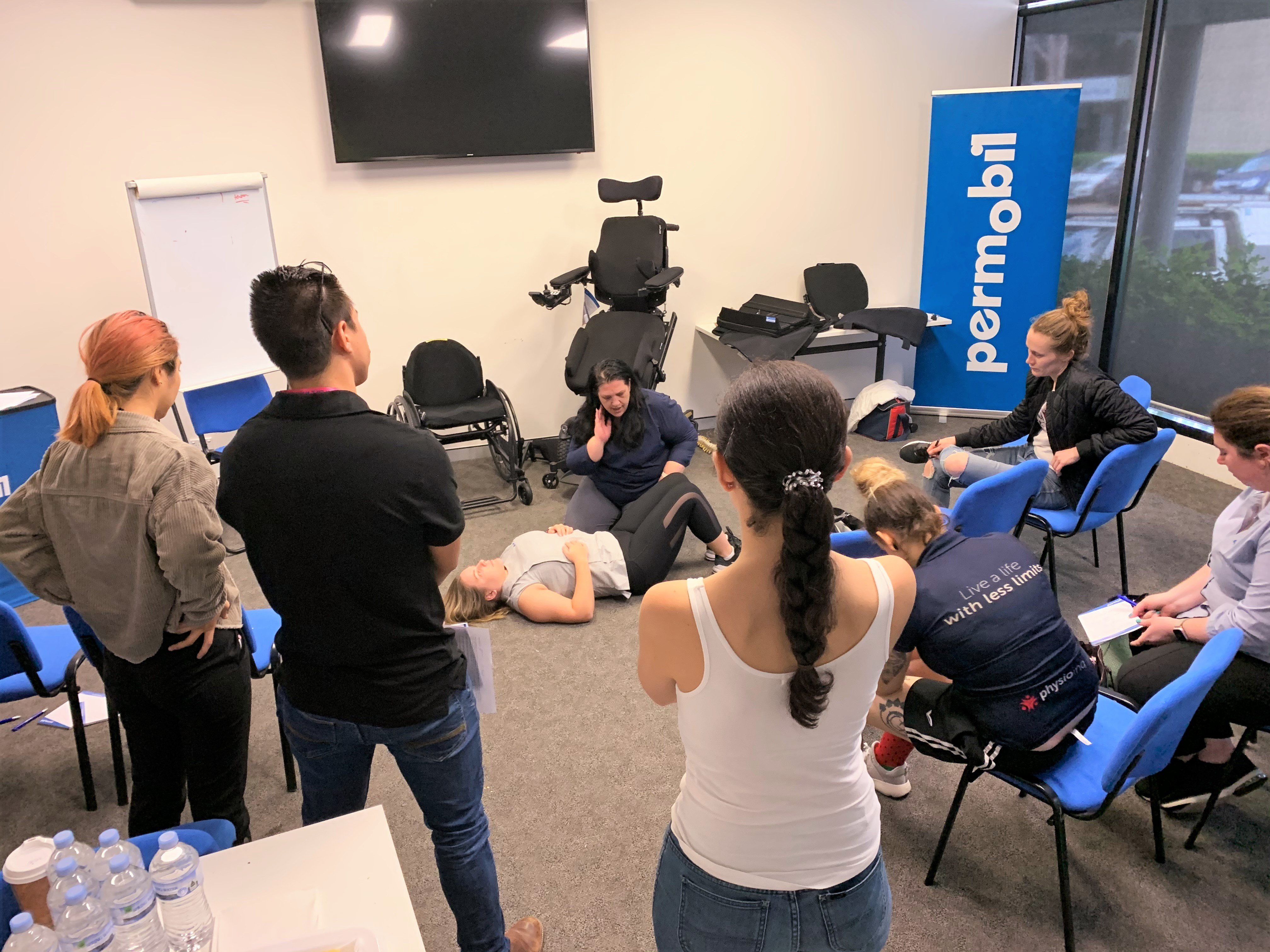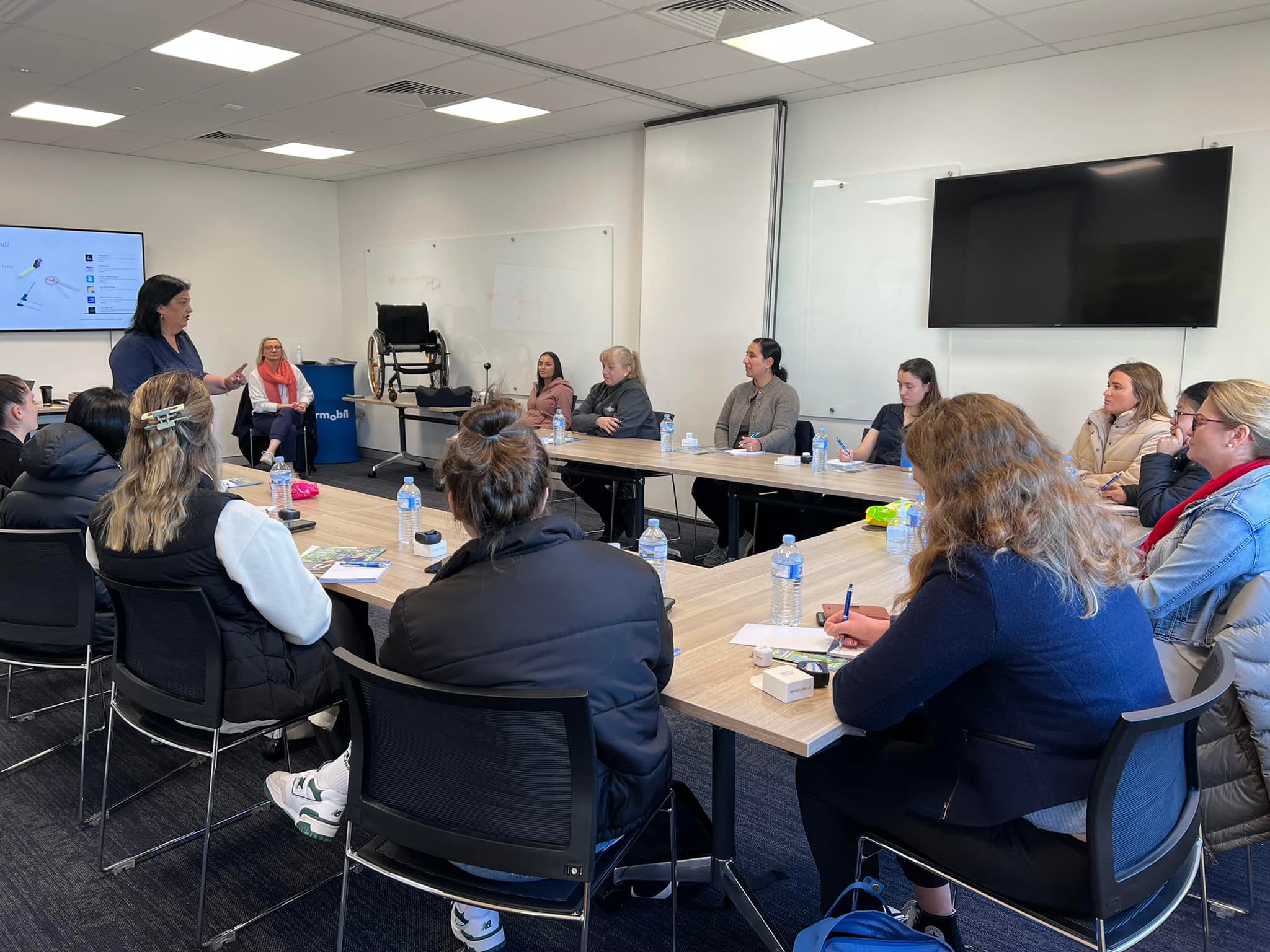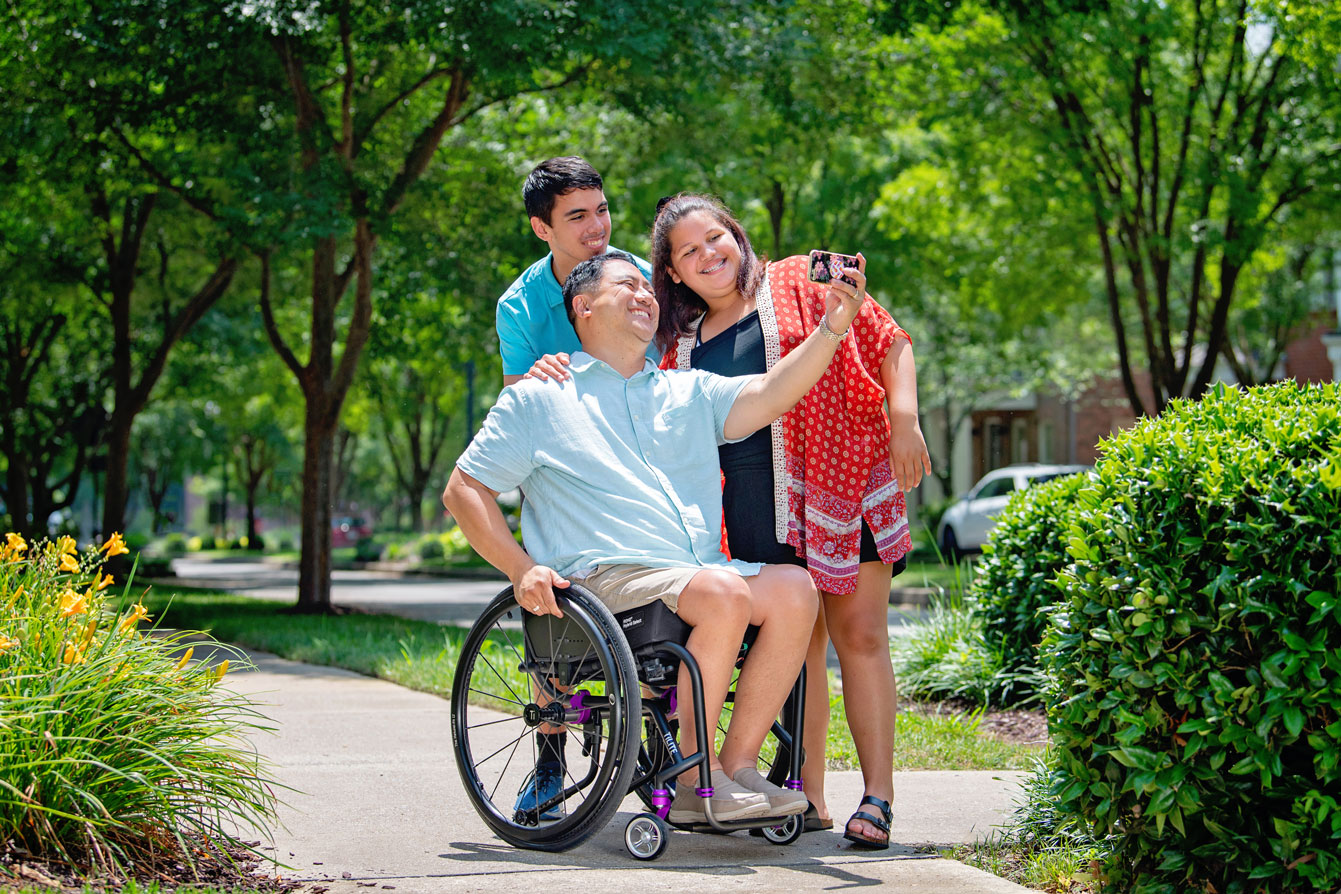In today's blog we are going to take a deep dive into the simulation part of the Mechanical Assessment Tool (MAT). This is the third part of the assessment process where we mockup and identify all the essential points of control. This in turn informs us if the existing Assistive Technology (AT) can be modified to meet the positional needs or identify potential equipment outcomes.
Mechanical Assessment Tool
The MAT is a three-part process that reviews the current seated position and informs capacity of postural positioning, through identification of any limitations in any lower limb joint ranges. Then through clinical reasoning we can identify the optimal postural position.
Part 1: Current position
Part one of the MAT focuses on the current seated position. It’s where we start to identify any issues and question why a position works or doesn’t. We need to palpate the pelvis to identify its orientation and note any asymmetries observed.

Part 2: Ranges, joints and muscle movement
This is the part that we complete on the plinth in a supine (lying) position. Passive ranges are assessed, and any limitations are noted. It is important to consider any limitations in relation to movement towards a neutral position. For example, if a posterior pelvic tilt is identified in supine, it is more important to see if it can be passively reduced towards the anterior orientation.
Part 3: Simulation
Whilst the ranges may indicate that there is capacity for positioning in a neutral position, it is a crucial part of identifying the postural needs to mockup or simulate the optimal position. It is this position that enables us to take the appropriate measurements to guide the best equipment outcome. When we complete part two, we are isolating individual ranges and, in the simulation, we need to put it all together. This enables us to look at how each segment interacts to achieve a posture that maximises function and minimises asymmetry.
When we move from supine to an upright position, our muscles act differently due to the gravitational forces and activation of different postural muscles. A crucial part of this simulation is identifying where the trunk should be. To ensure the goals of function, balance and postural integrity are met we need to consider how gravity will impact the final position. Finding an appropriate balance between the pelvis orientation and a functional head position involves determining the seat to back angle and appropriate contoured support.
When I initially started working in seating assessment, I would often get quite overwhelmed and focus on the range assessments, neglecting the level of attention I needed to place on the seated simulation. On reflection I believe it was because moving from assessing the ranges to clinical simulation required time for me to process and consider the options, and initially I had little experience to draw upon when considering these options. I believe that as our clinical reasoning skills develop this transition becomes easier.

It's important to have a mentor or colleague to talk through potential options with as you build on your experiences and knowledge to become proficient. One strategy to assist whilst you are developing your clinical reasoning skills is to complete this part of the assessment at a different time. Whilst it may seem like that will take more time, particularly for those of you working on billable hours, consider the time you will save at the trial appointment with the equipment being set up in the correct configuration.
Another is to ensure you’re confident completing the range assessments and what the consequences of these are. We offer small, monthly MAT practical workshops at our Permobil Head Office in NSW, Australia. These are free of charge to all therapists prescribing mobility and seating and are led by our clinical team who all have clinical experience in assessing and prescribing complex AT.
Register for MAT Workshop on 25 August, 2022
Register for MAT Workshop on 22 September, 2022
Register for MAT Workshop on 26 October, 2022
Register for MAT Workshop on 22 November, 2022
For those outside of NSW or Australia, you are welcome to reach out to discuss your options with one of our clinical services team members at education.au@permobil.com or Education.NZ@permobil.com These workshops are a great way to learn skills, grow confidence or refresh existing skills.

Tracee-Lee Maginnity
Clinical Services Specialist
Permobil APAC
Tracee-Lee Maginnity joined Permobil Australia in July 2019, as a clinical education specialist. Originally from New Zealand, she graduated Auckland University of Technology with a BHSc (Occupational Therapy) in 2003 and has since worked in various roles related to seating and mobility including assessing, prescribing and educating. After gaining experience as an assessor and prescriber at Seating To Go / Wheelchair Solutions in prescribing for both disability and injury, she moved to Australia in 2011 to take on the Senior Occupational Therapist role in a custom moulded seating service. She then worked in clinical consulting and education roles until joining Permobil.
Tracee-Lee is passionate about maximising functional outcomes with end users and the importance of education within the industry. She has mentored many therapists interested in AT. Her experience includes working with complex postures to achieve custom outcomes. Tracee-Lee is also an international wheelchair rugby classifier where she enjoys the task analysis of wheelchair propulsion and functional capacity identification of athletes.
